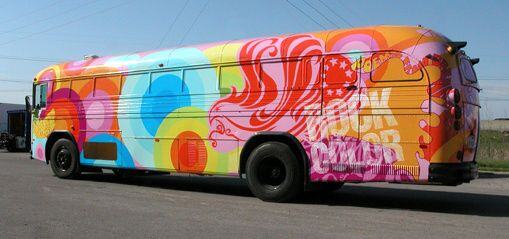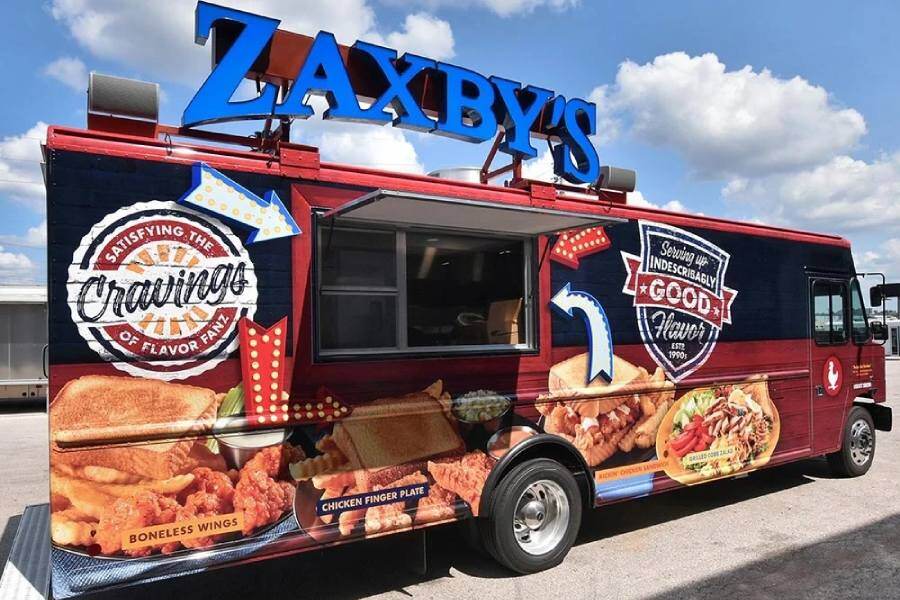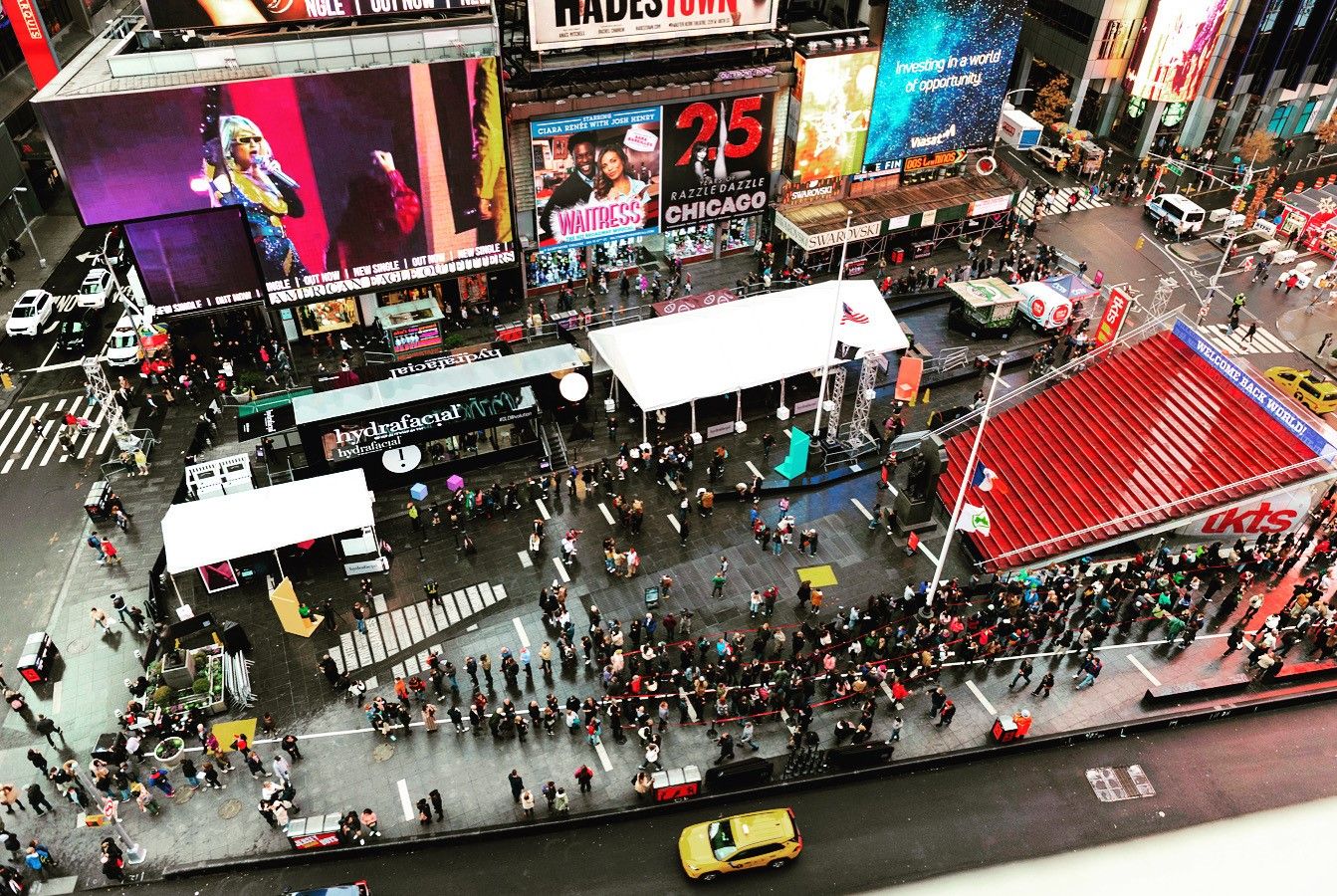3 Tools to Boost Customer Experience in Physical Stores
Brick-and-mortar businesses, from restaurants to hardware stores, all benefit from providing positive customer experiences. Businesses that double...
5 min read
Craftsmen Industries May 16, 2025 8:51:08 AM

A bus can be more than just transportation. It can be a fully immersive brand experience on wheels. When designed with purpose, it becomes a powerful tool for engagement, visibility, and storytelling.
From interactive interiors to eye-catching exteriors, mobile brand buses bring companies face-to-face with their audience in unforgettable ways. But behind the scenes, it takes strategy, creativity, and precision to pull it off!
Here’s what goes into transforming an ordinary bus into an extraordinary brand experience.
A mobile brand experience is a live, interactive event on wheels that lets people engage directly with your brand on the go. It takes a step ahead of traditional ads by inviting consumers to touch, see, and feel your products or services in a setting that reflects your brand’s personality.
Often called experiential marketing or brand activation, these mobile experiences cut through digital noise to build emotional and face-to-face connections with customers
A bus gives you the freedom to take your brand directly to the people. It’s mobile, eye-catching, and full of creative potential.
Here’s why it works:
Turning a regular bus into a moving brand showcase requires careful and strategic planning from you and your team.
Here’s what it takes:
Selecting the optimal bus lays the foundation for everything that follows:
First, define what you want your bus to achieve. Do you want to boost awareness, drive product trials, or collect leads? Then:
Next, make your bus impossible to ignore, inside and out:
Now it’s time to bring your design to life:
With the build underway, tackle the practical details:
Finally, assemble and empower your team:
When planning your mobile brand bus, be ready for permit delays, tight budgets, and unpredictable weather. You’ll need to secure DOT inspections and local approvals, factor in maintenance windows, and plan backup routes if roads or parking fall through.
Set aside some budget for unexpected repairs and tech troubleshooting. Finally, coordinate closely with event organizers and your team to avoid last-minute surprises and keep your activation running smoothly.
In 2025, a number of industries are taking advantage of mobile branding buses to promote their business to the public.
Here are some:
Frequently Asked Questions
How to turn a school bus into a food truck?
Strip the interior, install commercial kitchen equipment, and set up proper plumbing and electrical systems. Make sure everything meets local health and fire codes. Work with professionals who know food truck regulations to save time and avoid mistakes.
Is converting a bus worth it?
Yes, if you want a custom, mobile space that stands out. It’s often more affordable than a permanent location and gives you the freedom to go where your audience is. Just be ready for the upfront effort and planning it takes.
How long does a bus conversion take?
A complete conversion usually takes 3 to 9 months, depending on the size, design, and customization. Timelines can stretch if permits or parts are delayed. Hiring an experienced builder helps keep things on track.
Turning a bus into a mobile brand experience is more than eye-catching marketing; it’s a powerful way to connect with your audience in a personal, memorable way. With the right approach, you can turn a moving vehicle into a fully branded, immersive space that drives real impact.
At Craftsmen Industries, we don’t just build mobile experiences, we engineer them to deliver results. From choosing the right bus to fully customizing every detail inside and out, we handle it all under one roof. If you're ready to take your brand on the road and stand out in a crowded market, get in touch with us, and we’ll help bring your vision to life!

Brick-and-mortar businesses, from restaurants to hardware stores, all benefit from providing positive customer experiences. Businesses that double...

Every business wants to grow, get noticed, and stand out from the competition. But here's a question: Are you making the most of your company...

Personal experience has always been the best way to learn or get familiar with something. That’s one of the many reasons why experiential marketing...